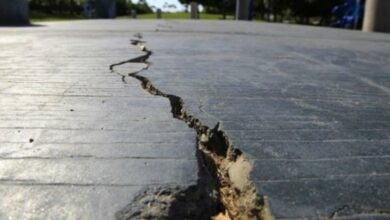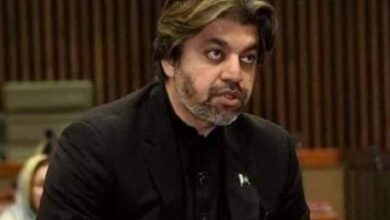Solutions to global warming aren’t always good for biodiversity, scientists say
PARIS: According to experts calling for a more concerted effort on these issues, some strategies for combating global warming may have unanticipated negative effects on biodiversity preservation and the natural world.

According to Anne Larigauderie of the expert independent group Intergovernmental Scientific and Political Platform on Biodiversity (IPBES), “sometimes by trying to find a solution to a problem, we risk creating damage elsewhere.” This was said to AFP.
A study by the IPBES on the interdependence of many crises, such as climate change and biodiversity loss, will be released in December. These crises should be tackled collectively rather than separately.
A compartmentalized strategy ran the danger of “actions which, inadvertently, prevent the resolution of one or the other problem, or even both,” according to a 2021 warning from the IPBES and the UN’s Intergovernmental Panel on Climate Change (IPCC).
For example, an apparently sensible effort in Britain to plant trees on wetlands backfired when these carbon-rich landscapes dried up and released the emissions that heat the earth that were stored in the soil and roots of the trees.
HARMFUL IMPLICATIONS
A group of non-governmental organizations called Climate Action Network has issued a warning against “false solutions” that promise a better globe but come at a cost to people or ecosystems.
For example, deliberately adding iron to the ocean to increase the development of microplankton may seem like a good idea, but “geoengineering” methods have sparked worries about possible negative effects.
According to University of Oxford professor Alison Smith, iron fertilization was “likely to cause massive environmental damage for uncertain climate gain”.
The Foundation for Biodiversity Research said in 2022 that “measures taken to mitigate climate change must be evaluated according to their overall benefits and risks and not only according to their carbon footprint.”
In some places, wind turbines may be dangerous to migrating birds or bats, but they also provide clean electricity and lessen the reliance of energy systems on fossil fuels.
Moreover, fish populations may decline as a result of dam construction obstructing fish migration along streams for hydroelectric power.
“BREAKING DOWN SILOS”
Tom Oliver of the University of Reading said, “With crises as vast, complex, and interconnected as climate change and biodiversity loss, focusing on one aspect of the problem will never be enough.”
He said that it is crucial to look beyond “sticking plaster fixes” like geoengineering, which “can have huge anticipated side effects.”
According to Lars Smedsrud of the University of Bergen, installing “underwater curtains” to shield Antarctica’s glaciers from warmer waters—a proposal that was discussed at the UN climate conference last year—may obstruct the flow of nutrients. This was published this year in the journal Nature.
Smith said that it is “important to look at the big picture—not just focus narrowly on climate change” in the search for answers to our greatest and most difficult problems.
She is among the numerous scientists who are advocating for natural solutions that “combine benefits for populations, the climate, and biodiversity.”
In the journal Global Change Biology, 2020 research came to the conclusion that “nature-based interventions were most often shown to be as effective or more so than alternative interventions for addressing climate impacts.”.
And the greatest promise lies in maintaining current ecosystems rather than attempting to develop new ones.
According to 2023 Nature research, even maintaining current forests and letting them regrowth occur would have a significant positive impact on carbon reduction.
“There is no one single silver bullet—we need to do everything we can, across all sectors, countries, and methods,” Smith said.
“Breaking down silos is the only way forward that won’t cause more problems than it solves.”





